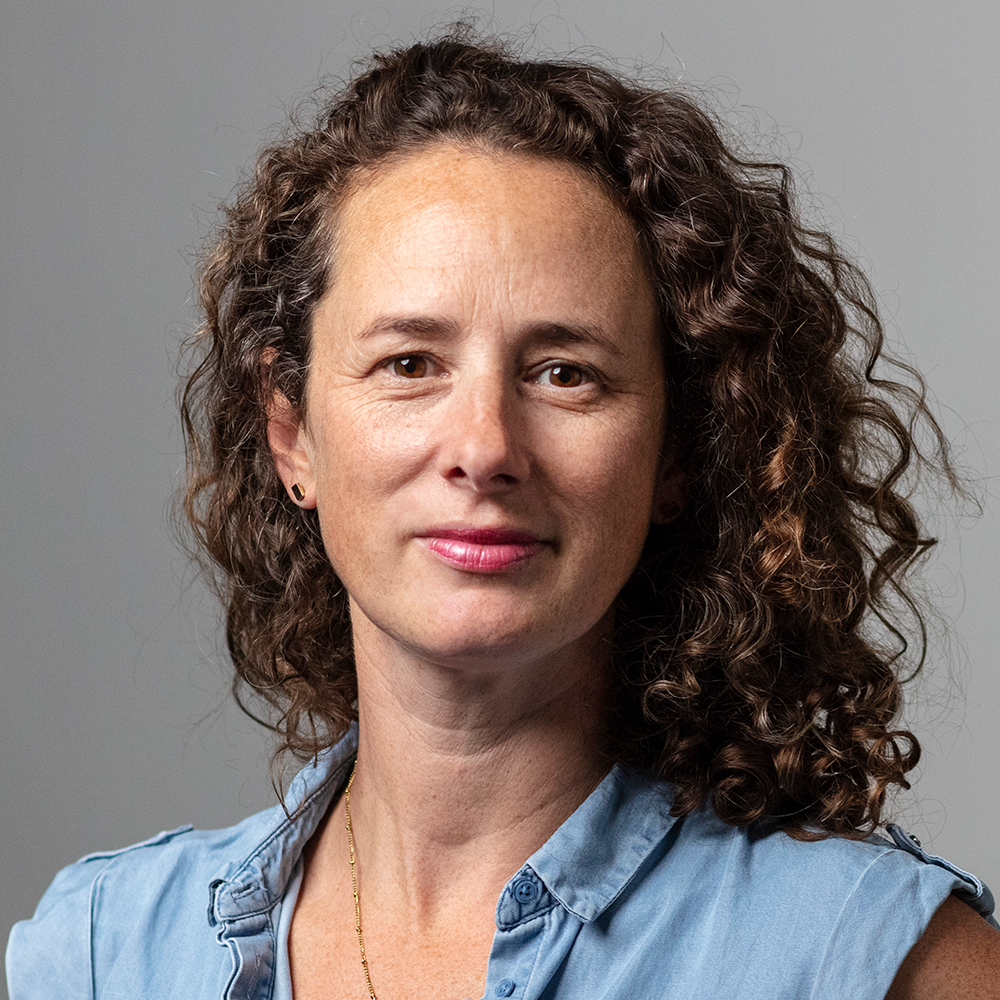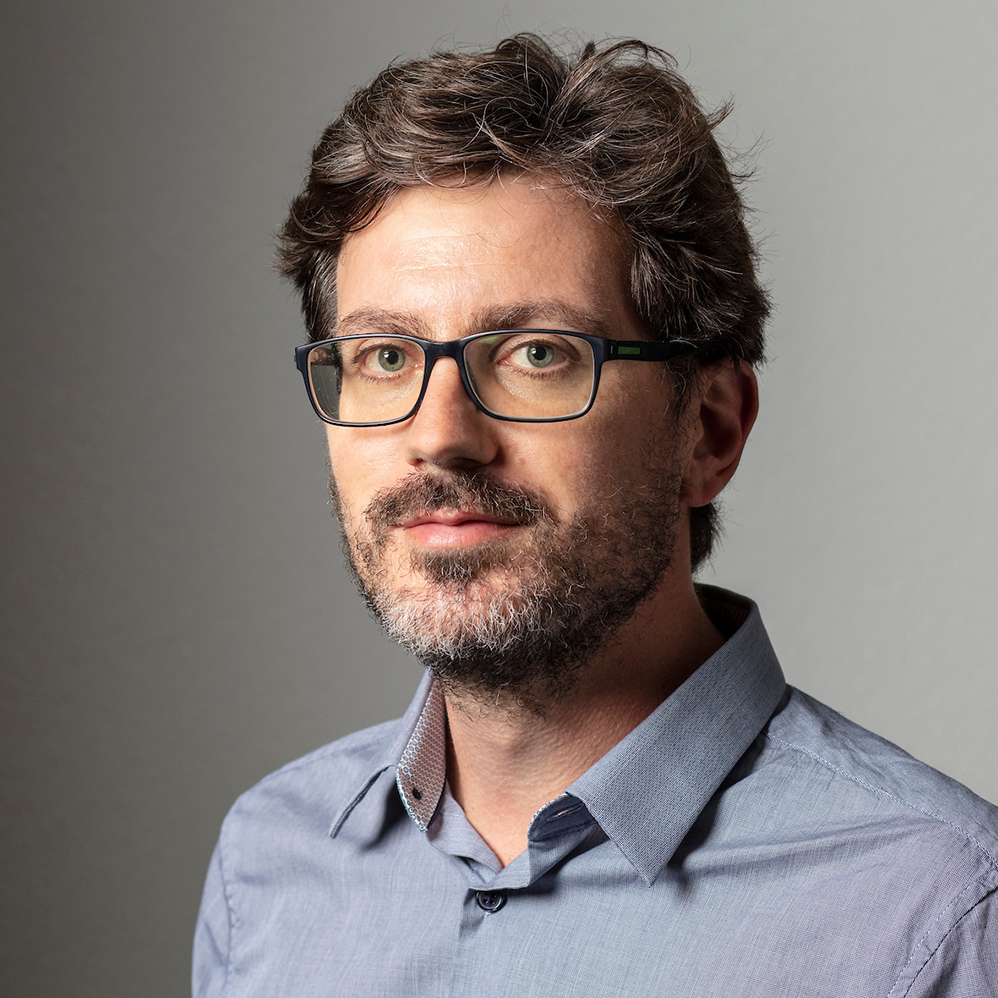The making of a pope

Behind the papal accession, there is a strict set of procedural rules, which were reformed in 1996 by Pope John Paul II.
The new pope has to take his place at least 15 and no more than 20 days after the death of his predecessor. The election takes place in the Sistine Chapel.
Cardinals from all over the world will be descending on the Vatican to choose the Pope’s successor.
They make up the so-called conclave – a closed gathering of no more than 120 cardinals – which functions as an electoral committee.
The conclave includes only one Swiss member: Henri Schwery. Cardinals who are older than 80 cannot vote, which rules out Switzerland’s newest cardinal, 82-year-old Georges Cottier, and Gilberto Agustoni.
Whoever takes over the mantle of the next pope needs to have polled a two-thirds majority during the conclave’s secret ballot. There can be a maximum of 30 rounds of voting.
Majority
If no single candidate polls the necessary majority, the cardinals are obliged to take a break and then decide on a new voting method where an absolute majority prevails.
Around half of the cardinals who will choose the new pope are Europeans, with the others coming from North America and the developing world.
Who will become the next pope is always a subject of intense speculation. Many Catholics would like to see a pontiff from the developing world, where the religion is most vibrant. Latin America, for instance, is home to half of the church’s estimated 1.1 billion followers.
Reforms
John Paul II reformed the rules of accession in 1996 in the apostolic constitution entitled “Universi Dominici Gregis”.
The document emphasises the necessity of keeping the polls secret and threatens excommunication if any forms of modern telecommunication are used.
Two “trustworthy technicians” are on hand to ensure that no bugging devices or hidden cameras are used.
The results are traditionally publicised with smoke at the end of each voting round. If the smoke is black, the necessary majority was not achieved; if the smoke is white, this means: “habemus papam!” or “we have a pope”.
If a candidate polls the necessary number of votes, he is formally asked if he accepts the results. If he replies in the affirmative, the highest office in the Catholic Church is handed over to him.
A ceremony is carried out a few days later at St Peter’s in Rome.

In compliance with the JTI standards
More: SWI swissinfo.ch certified by the Journalism Trust Initiative








You can find an overview of ongoing debates with our journalists here . Please join us!
If you want to start a conversation about a topic raised in this article or want to report factual errors, email us at english@swissinfo.ch.